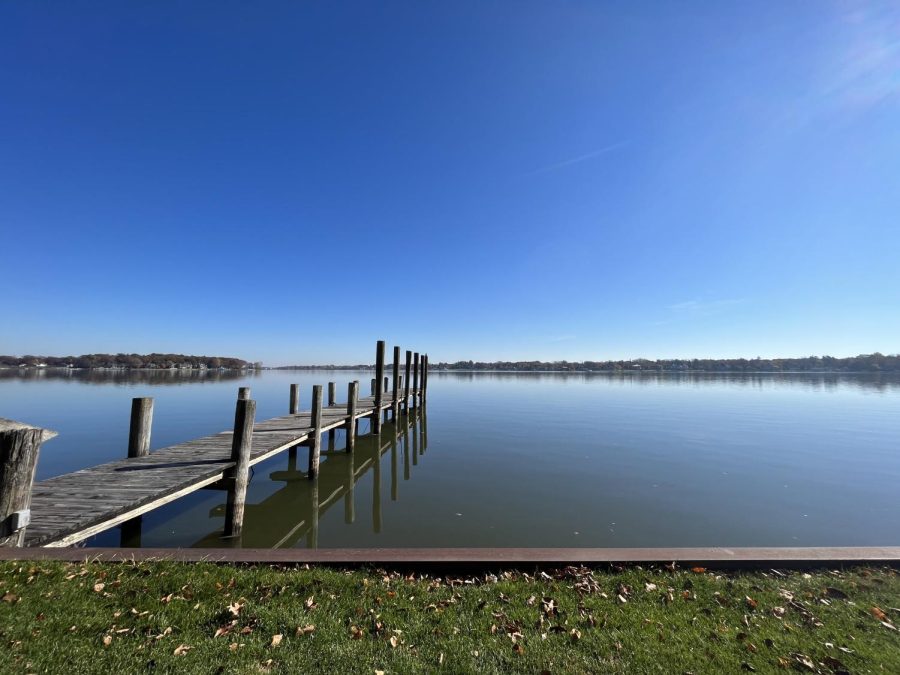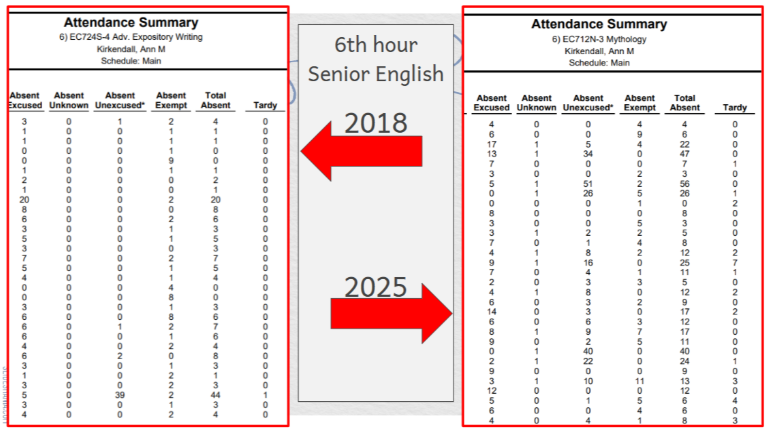Holland is creating a sustainable future
May 23, 2023
Holland is sustainable. Well, what does that really mean? Sustainability is the word we use to describe being environmentally conscious. And although the definition stays stagnant, the connotation is constantly changing.
Keeping that in mind, Holland is doing its best to create a sustainable environment for the city.
Global warming, and large-scale pollution are major problems, but Holland seems to be focusing on community based initiatives. This is simply because Holland has a lot to protect.
Park Township is home to thousands of trees, thousands of people, and thousands of homes. On top of that, it borders Lake Michigan, one of the most well known lakes across the United States. If this community should be protecting anything, it should be its environment.
Each citizen in Holland has a responsibility to preserve the community.
Reduce Reuse Recycle
Down at city hall, there are multiple ways the government is working to create a sustainable culture. But, most of these efforts require action at the household level. So, the government decided to tackle things one at a time, starting with recycling.
Around two years ago, city hall ran into a problem. They began to receive hundreds of complaints about the yellow plastic recycling bags. These bags were meant to be an efficient way to keep recycling products clean and grouped together, but ended up ripping apart or being too small for the quantity of waste each person was recycling.
So, the city council and mayor had an idea. What if they created carts identical to the garbage bins Holland has always used? Their idea turned out to be just what Holland needed.
As soon as funding came to light for the multi-million dollar project, it was a hit. Each person in Holland was shipped a recycling cart, regardless of if they wanted it or not.
The recycling rate in Holland increased by almost 70% and the amount of people recycling nearly doubled overnight. On top of that, all waste bins (including garbage) are made out of 10-15% recycled materials, furthering the practice of sustainability.
An issue often overlooked is energy consumption and creating clean energy for a community. Greenhouse gas (GG) emissions are the number one cause of global warming worldwide. Most people don’t realize that everyday activities are harming the environment.
Exhausted from dealing with pollution? Well, cut the exhaust.
Holland Public Works (BPW) has made motions to reduce carbon emissions in big ways. A few years ago, they chose to close the coal power plant; Replacing it with a natural gas plant. That decision cut the city’s emissions by half. Not only does this plant lower carbon emissions, but it’s actually a more efficient energy source by using water heating and natural gasses.
On a household level, there are less targeted actions being taken. But, there’s not much the government can actually control when it comes to personal energy use.
A representative from BPW said, “For commercial customers, there’s programming to help them make choices about what energy they need in their homes.” The city can contact less sustainable homes and educate them on what they should improve, but not much else.
On a town wide level, one of the first community initiatives city hall put in place is called the Community Energy Plan (CEP).
12 years ago, a committee was formed to create the CEP, and figure out how Holland would achieve any goals. This plan was originally a way for town hall to dramatically reduce greenhouse gas usage from 2010-2050. But, through the plan, Holland was found more capable of full sustainability than we’d like to believe.
In 2010, Holland was producing 24 metric tons of GG per person, but with the CEP, in 2020 the city was only producing 17 metric tons. The results of the CEP were far beyond the projected outcome, but opened up the doors to developing the plan for the future.
That’s when city hall decided to create goals, but most importantly, achieve them. So, the city then formed a new committee to tackle strategies for aiming higher.
This group decided Holland could produce 12 metric tons of GG by 2030, instead of 15 tons by 2050 (the original plan). So a five category plan was put in motion: electric portfolio, building energy consumption, transportation, education, carbon offsets. These are all areas where the city needs to reduce pollution and inefficient consumption. The idea was instead of falling to the systems of their habits, Holland would now rise to the level of their goals.
The current mayor of Holland, Nathan Bocks, is in complete support of all choices made a decade ago. He knows that the city needs to be open to change in policy not just now, but in the future. He said, “We have built in an ability to re-evaluate.” The most important thing to focus on is the quality of life, now and moving forward.
Why you should CARE
Holland is a unique place, in an era where environmental sustainability is spotlighted, all while being one of the fastest developing cities in the state of Michigan. Keeping this community clean, and preventing decomposition is essential in sustaining a desirable city.
In 30 years, what do you want this place to look like? The future should be planned by the citizens, for the coming generations of Michiganders.
But, what should be noted is that Holland is the first to make such strides. Across West Michigan, Holland is the first area to make major strides moving towards being fully sustainable. Currently, the city’s first Sustainability Director, Dan Broersma, is making that his number one goal. He said, “Holland is setting trends, not following them.”
Downtown, our government officials are working hard to make Holland the best place it can be. They believe in the future of this place, and they care deeply about tomorrow’s potential.




